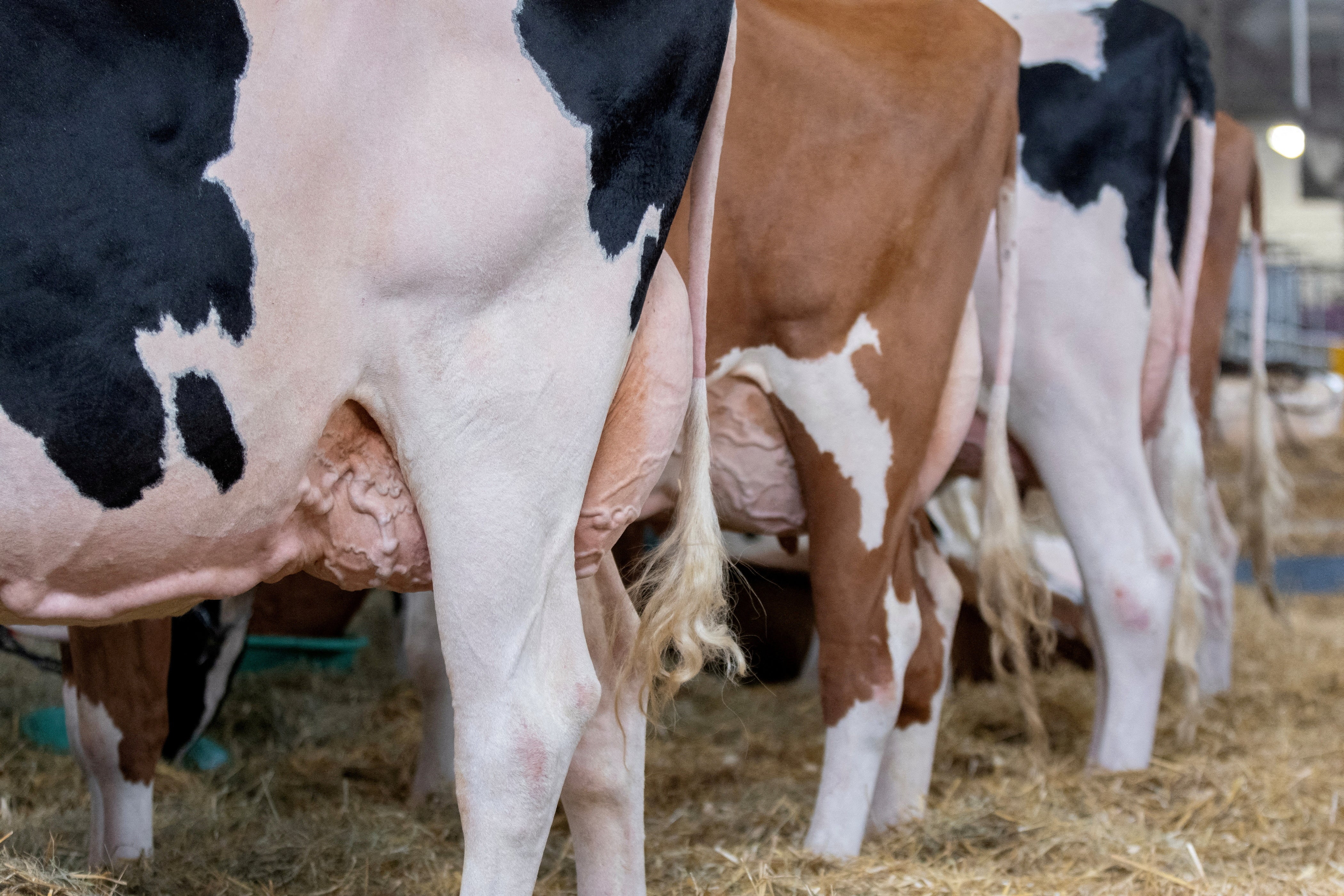As H5N1 bird flu continues to spread around the US, health officials recently found that 7 percent of dairy workers tested on farms in two states had evidence of recent infection — and some had signs of infection even when they didn’t feel sick.
On Monday, the US Department of Agriculture reported 491 cattle herds had been infected in 15 states, including a quarter of California’s dairy herds. In the last 30 days, the department said that more than 20 flocks of chickens and turkeys were confirmed to have bird flu.
A study published last week in the Centers for Disease Control and Prevention’s (CDC) weekly Morbidity and Mortality report, in partnership with state health departments in Colorado and Michigan, called for the need for active monitoring of those exposed and additional testing.
“This is a significant move towards the assessment that these H5N1 viruses are a greater risk than the CDC estimated before,” Dr. Gregory Gray, an infectious disease researcher at the University of Texas Medical Branch, told The Associated Press.
Shortly before its publication, the US had reported 46 human infections across six states. That tally has not been updated since last Friday.
And, on Saturday, Canada reported its first presumed human case of H5 avian influenza. The government of British Columbia said that the infected individual is a teenager who is receiving care at the British Columbia Children’s Hospital. The source of the infection is unknown.
“This is a rare event, and while it is the first detected case of H5 in a person in B.C. or in Canada, there have been a small number of human cases in the U.S. and elsewhere, which is why we are conducting a thorough investigation to fully understand the source of exposure here in BC,” said Dr. Bonnie Henry, British Columbia’s provincial health officer.

Speculation has run rampant on social media as levels of H5 in Los Angeles County wastewater have also steadily increased since the beginning of the month.
The Los Angeles County Department of Public Health (LADPH) is investigating possible sources of the virus. It said on November 1 that it had been detected at low levels for the first time at one of the county’s wastewater sampling sites.
The risk to its residents, the department said, remains low and officials are working with dairy and meat processors to identify possible sources of the virus in wastewater. It could have been introduced by wild bird droppings, animal infection, and discarded and contaminated animal products.

“There is no evidence of sustained human to human transmission with this strain of H5N1,” it said, pointing out that the virus has been detected in wastewater in both northern and southern California before.
The LADPH did not return The Independent’s request for comment on Monday. When asked for any pertinent information regarding the current H5N1 situation, the CDC pointed to related pages on its website.
Separate research has revealed high transmissibility and lethality of the virus that has been isolated from an infected host and bred in a lab culture test: a method for growing microorganisms in a lab setting. A study in the journal Nature found that an H5N1 flu virus from an infected farm worker could be transmitted through airborne droplets and was lethal in mice and ferrets.
Trying to get a handle on what this all could mean for the US right now is challenging at this point. The CDC is watching the situation carefully and has expanded its guidance for farm workers and livestock owners in response to recent findings.







